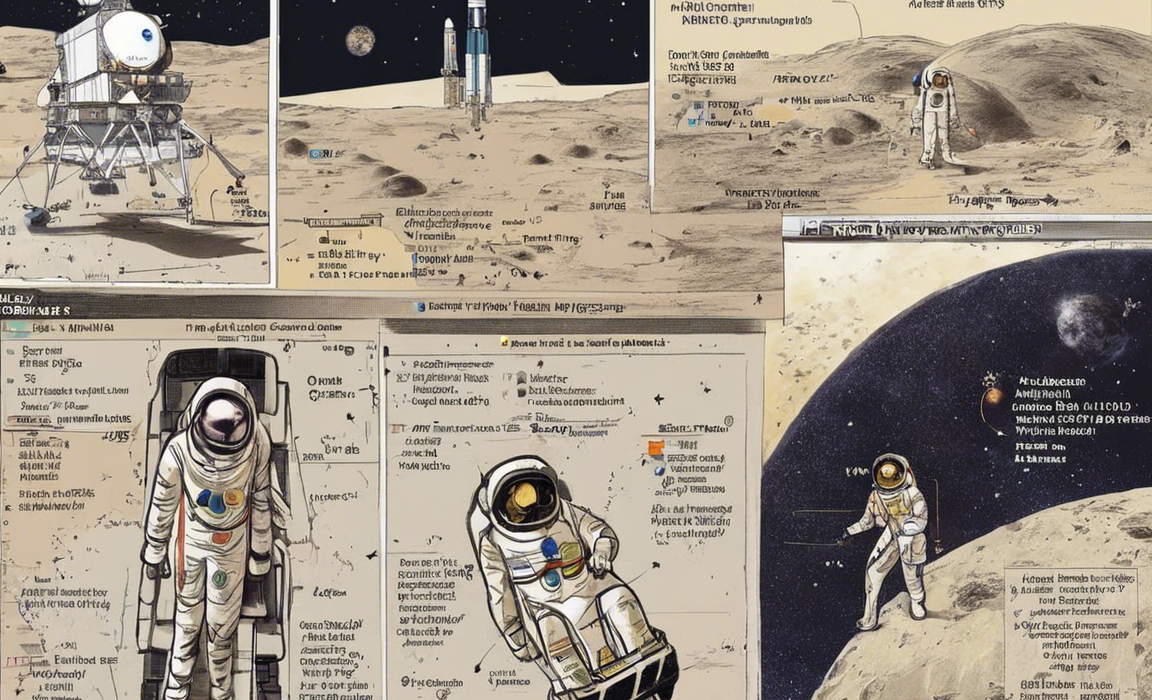India’s Chandrayaan program has been at the forefront of space exploration, with the recent launch of Chandrayaan 3 generating significant interest and excitement. In this article, we will delve into the details of Chandrayaan 3 – its objectives, challenges, milestones, and what the future holds for this ambitious mission.
The Background of Chandrayaan 3
Chandrayaan 3 is the third mission in India’s Chandrayaan series, which aims to explore the moon and conduct scientific experiments. The Indian Space Research Organisation (ISRO) launched the first Chandrayaan mission in 2008, followed by Chandrayaan 2 in 2019. Building on the successes and lessons learned from these missions, Chandrayaan 3 was launched with the goal of further advancing India’s space exploration capabilities.
Objectives of Chandrayaan 3
The primary objective of Chandrayaan 3 is to land a rover on the moon’s surface, specifically near the lunar south pole. This region is of particular interest to scientists because it is believed to contain water ice, which could provide valuable insights into the moon’s geological history and potential resources for future human exploration.
Challenges Faced by Chandrayaan 3
Like any space mission, Chandrayaan 3 has faced its share of challenges and obstacles. One of the main challenges is the complex engineering required to safely land a rover on the moon’s surface. Previous missions, such as Chandrayaan 2, have shown that landing on the moon can be a difficult and risky endeavor, requiring precision navigation and communication.
Milestones Achieved by Chandrayaan 3
Despite the challenges, Chandrayaan 3 has achieved significant milestones since its launch. The successful separation of the lander and rover from the orbiter was a crucial step in the mission, allowing the spacecraft to enter lunar orbit and prepare for landing. Additionally, the communication systems and scientific instruments onboard the spacecraft have been tested and verified, paving the way for groundbreaking discoveries on the moon’s surface.
The Future of Chandrayaan 3
Looking ahead, Chandrayaan 3 holds great promise for advancing our understanding of the moon and unlocking its mysteries. The data and samples collected by the rover could provide valuable insights into the moon’s composition, geology, and potential for future exploration. Furthermore, Chandrayaan 3 serves as a testament to India’s growing expertise in space technology and its commitment to pushing the boundaries of scientific discovery.
Frequently Asked Questions (FAQs) about Chandrayaan 3
Q: What is the difference between Chandrayaan 2 and Chandrayaan 3?
A: Chandrayaan 2 aimed to land a rover near the moon’s south pole, but the mission encountered a soft landing failure. Chandrayaan 3 is a follow-up mission designed to correct the mistakes of its predecessor and successfully land a rover on the lunar surface.
Q: What scientific instruments are onboard Chandrayaan 3?
A: Chandrayaan 3 is equipped with a suite of scientific instruments, including cameras, spectrometers, and drill systems, to analyze the moon’s surface and search for signs of water ice and other resources.
Q: How long will Chandrayaan 3 stay on the moon?
A: The duration of Chandrayaan 3’s mission on the moon will depend on the performance of its systems and the amount of data and samples collected. ISRO aims for an extended mission duration to maximize scientific discoveries.
Q: Will Chandrayaan 3 pave the way for future manned missions to the moon?
A: While Chandrayaan 3 is a robotic mission, its findings and technological advancements could contribute to future manned missions to the moon and beyond. ISRO is actively working towards human spaceflight capabilities.
Q: What are the potential benefits of Chandrayaan 3 for India and the global scientific community?
A: Chandrayaan 3 has the potential to enhance India’s space exploration capabilities, inspire the next generation of scientists and engineers, and contribute valuable data to the global scientific community’s understanding of the moon and solar system.
In conclusion, Chandrayaan 3 represents a significant milestone in India’s space exploration journey, with the potential to unlock new discoveries and insights into the moon’s mysteries. The mission’s achievements and challenges underscore the complexities of space exploration and the importance of perseverance and innovation in advancing our knowledge of the universe.






